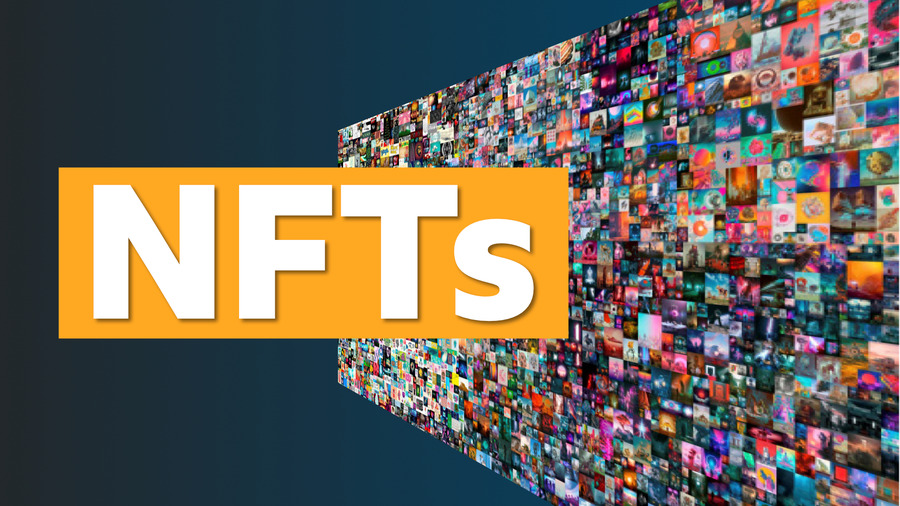
Yield Farming and NFTs: An Emerging Trend
- Brandon Davis
- March 20, 2023
- NFT, News
- #defi, #nft, Blockchain, crypto investing, yield farming
- 0 Comments
The world of cryptocurrency has seen a lot of new developments in recent years, and two of the most interesting trends are yield farming and NFTs. Yield farming is a method of generating income by providing liquidity to a decentralized finance (DeFi) platform. At the same time, NFTs are unique digital assets that can be bought, sold, and traded like traditional cryptocurrencies. This article will explore how these two trends intersect and create new opportunities for investors and traders.
What is Yield Farming?
Yield farming is a process in which investors provide liquidity to a DeFi platform by depositing their crypto assets. In return, they receive a reward of interest or tokens that can be traded for other cryptocurrencies. The yield on these investments can be quite high, sometimes reaching double-digit percentages. Yield farming has become popular recently because it allows investors to earn passive income on their cryptocurrency holdings.
One of the most popular DeFi platforms for yield farming is Uniswap, which is a decentralized exchange (DEX) that allows users to trade cryptocurrencies without the need for a centralized authority. Uniswap uses an automated market maker (AMM) system to determine the price of tokens, and users can provide liquidity to the platform by depositing tokens into a liquidity pool. The yield on these investments is determined by the trading fees generated by the platform.
What are NFTs?
NFTs, or non-fungible tokens, are unique digital assets stored on a blockchain. Unlike traditional cryptocurrencies like Bitcoin or Ethereum, which are fungible and can be exchanged for one another, NFTs are one-of-a-kind and cannot be replicated. NFTs are typically used to represent digital art, collectibles, or other unique assets.
The market for NFTs has exploded in recent years, with some individual assets selling for millions of dollars. One of the most famous examples is Beeple’s “Everydays: The First 5000 Days,” which sold for $69 million at a Christie’s auction in March 2021. Musicians, athletes, and celebrities have also used NFTs to sell exclusive digital content to their fans.
How are Yield Farming and NFTs Connected?
Yield farming and NFTs may seem like completely unrelated concepts, but they are actually quite closely linked. Many DeFi platforms now offer NFTs as rewards for providing liquidity to their pools. This means that investors can earn both interest and NFTs for their investments.
One example of this is the MEME token, which is a project that combines yield farming and NFTs. MEME is a DeFi platform that allows users to earn rewards by providing liquidity to its pools, and it also has a marketplace where users can buy and sell NFTs. These NFTs are often based on memes or other internet culture references and can be used as a form of social currency within the MEME community.
Another example is the Rarible platform, a decentralized marketplace for NFTs. Rarible allows users to create and sell their own NFTs, and it also offers a yield farming program called RARI. Users can earn RARI tokens by providing liquidity to the platform, and these tokens can then be used to buy and sell NFTs on the marketplace.
The Future of Yield Farming and NFTs
Yield farming and NFTs are both still relatively new concepts, and it is difficult to predict exactly how they will develop. However, it is clear that these trends are here to stay, and they are likely to continue intersecting and creating new opportunities for investors and traders.
One potential future development is the integration of NFTs into the DeFi ecosystem. Some DeFi platforms are already experimenting with this idea, and it is possible that NFTs could eventually become a standard part of yield farming programs. For example, a DeFi platform could offer NFTs representing ownership in a liquidity pool, allowing investors to buy and sell shares like traditional stocks.
Another potential development is the use of NFTs as collateral for loans. This would allow NFT owners to leverage their digital assets to obtain liquidity without selling them. Some DeFi platforms already offer this service, and more will likely follow.
In addition, we may see the emergence of new platforms that combine yield farming and NFTs in innovative ways. For example, a platform could offer NFTs that represent ownership in a yield farming pool, allowing investors to earn both interest and a share of the pool’s trading fees. This would create a new investment opportunity that could attract many investors.
Conclusion
Yield farming and NFTs are two of the most exciting trends in cryptocurrency today. These concepts may seem unrelated, but they are closely linked and create new opportunities for investors and traders. The intersection of yield farming and NFTs will likely continue developing, and we may see new innovations emerge that further blur the line between these two concepts. As always, investors and traders should proceed cautiously and do their own research before investing in any new technology or platform.








